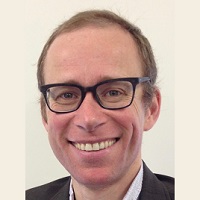
BIOGRAPHY George is a medical oncologist in Auckland. Many years ago he was an internal medicine trainee in Wellington. In the interim he studied health economics and tumour physiology in London and Manchester. These days his practice is mainly in respiratory malignancy and sarcomas, including adolescent and young adult cancer. Ki te taha a tona Māmā, he uri a Te Whakatōhea a Hōri. George chairs the Māori Health Committee of the RACP, and is a member of its NZ Committee, and of the College Policy and Advocacy Council and its Advisory Committee. He chairs the College’s Working Party on Euthanasia and Physician Assisted Dying. In his spare time he enjoys going out to see a band, and a long bike ride. ABSTRACT Euthanasia And Physician Assist Dying Euthanasia and Physician Assisted Dying (EPAD) is a live political
topic in New Zealand and Australia. The plus side is that it has got
society to think and talk about death and dying. The down side is that
the conversations can be charged and divisive. In New Zealand, the RACP’s
NZ Committee recently submitted to the parliamentary inquiry of the Health
Select Committee. We made three main points: (1) it is complex, (2) it is
a topic of significant importance to physicians caring for their patients, and
(3) physicians need to be involved in any developments. At the
trans-Tasman level, the College set up a Working Party to clarify its position.
Although mindful of strong views in either direction, there is an
over-riding awareness of the need to contribute to informed and respectful
dialogue. How should physicians respond to externally-driven change in
their ethical working environment? How should physicians respond in the
event that EPAD becomes legislated? This presentation will update on the
Working Party’s thinking and progress. Update
On Electronic Cigarettes
|
